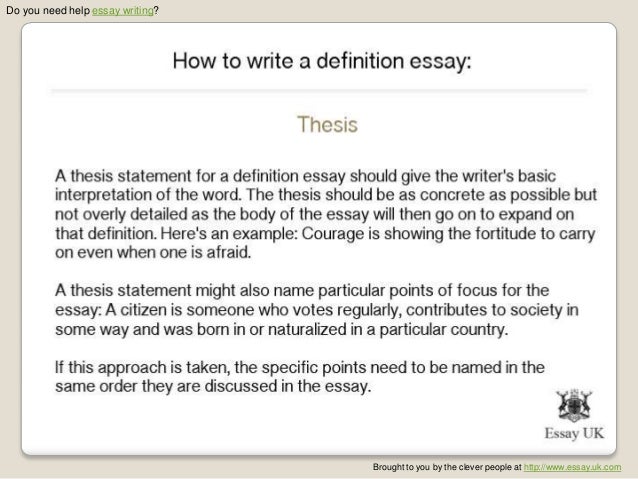
/atom-57e1bb583df78c9cce33a106.jpg)
That's called chronic paresthesia, and it can be a sign of a medical condition or nerve damage. When that pressure is gone - you uncross your legs, for example - the feeling goes away.īut in some cases, it doesn't go away. Paresthesia happens because of pressure on a nerve. But it can happen in other areas of the body as well. You'll usually feel paresthesia in your hands, arms, legs, or feet. But sometimes it can be a sign of a more serious medical problem. It may seem weird, but paresthesia usually is painless and harmless. Maybe you fell asleep with your arm pinned under you. (6) Schedule 1 (disability: supplementary provision) has effect.Paresthesia is that "pins and needles" feeling that you've probably had at some point. (5) A Minister of the Crown may issue guidance about matters to be taken into account in deciding any question for the purposes of subsection (1). (b) a reference (however expressed) to a person who does not have a disability includes a reference to a person who has not had the disability. (a) a reference (however expressed) to a person who has a disability includes a reference to a person who has had the disability, and (4) This Act (except Part 12 and section 190) applies in relation to a person who has had a disability as it applies in relation to a person who has the disability accordingly (except in that Part and that section).

(b) a reference to persons who share a protected characteristic is a reference to persons who have the same disability. (a) a reference to a person who has a particular protected characteristic is a reference to a person who has a particular disability (3) In relation to the protected characteristic of disability.

(2) A reference to a disabled person is a reference to a person who has a disability. (b) the impairment has a substantial and long-term adverse effect on P's ability to carry out normal day-to-day activities. (a) P has a physical or mental impairment, and This section has no associated Explanatory Notes


 0 kommentar(er)
0 kommentar(er)
